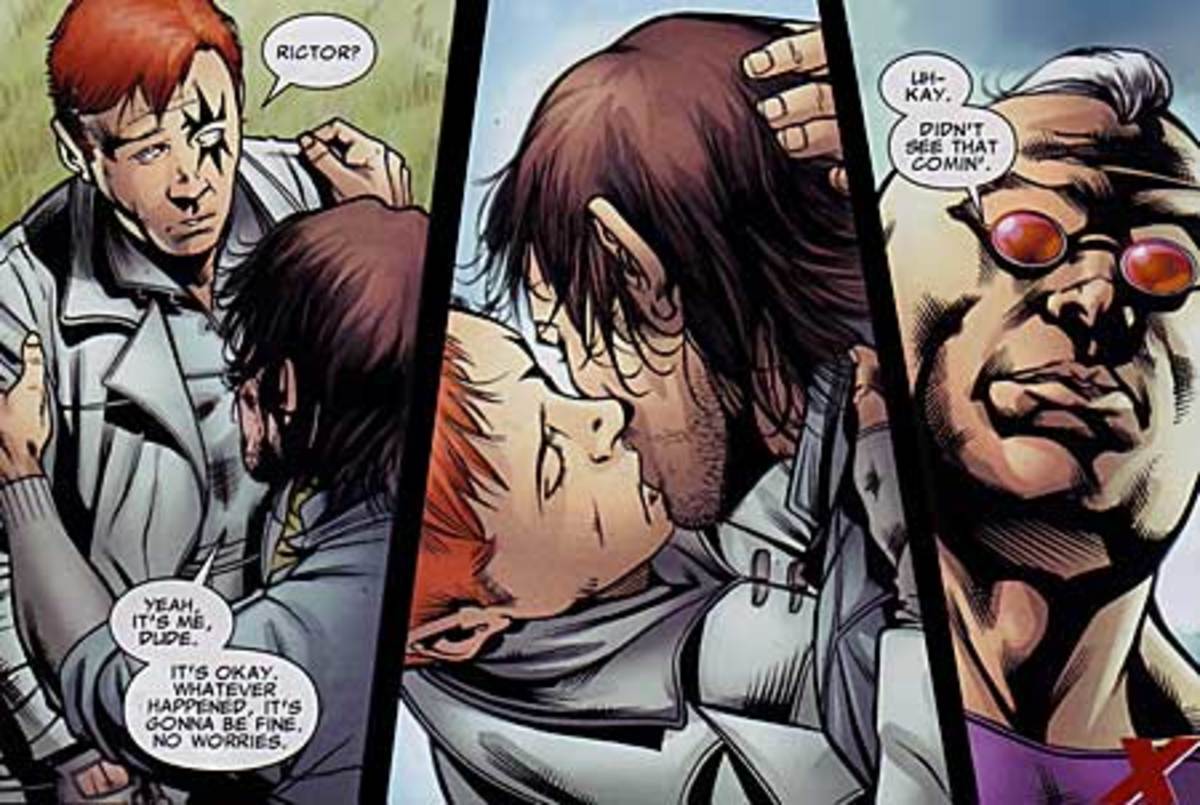Character Analysis - Blood Meridian by Cormac McCarthy

Body
In all of literature, there are few books that truly stand out from the thousands. Whether it is a gripping plot, an inspiring moral, or fascinating documentary, novels that bask in the glory of being considered American literature’s best often convey an enlightened to the reader, who comes away with a positive experience. The same kind of sensation, however, cannot be attributed to Blood Meridian. This novel, while still considered a masterpiece, harbors no uplifting message or feel-good tone. Quite the contrary, the reader experiences harrowing tales of massacres and murder throughout the novel, continuing only to satisfy a grotesque fascination with darkness. The story takes place mainly in the Mexican hinterlands, where a gang of villains are contracted by the regional governor to hunt down and kill any Indians that they can find. Eventually, the gang suffers too many casualties to continue their work, and most of the remaining characters are either killed in the aftermath or, as in the kid’s case, murdered years later. In the book Blood Meridian, author Cormac McCarthy juxtaposes the behavior of the protagonist, the kid, with two of his character foils, the judge and the remainder of Glanton’s gang, in order to emphasize that violence is to some degree prevalent in all mankind.
The kid’s disposition is most likely a product of his past. With his mother dying shortly after childbirth and having to live with an unbearable father, the main character expresses violent characteristics that appear to be reflections of his past. The opening line, “See the child. He is pale and thin, he wears a thin and ragged linen shirt. He stokes the scullery fire,” (p. 3) is the first indication of abnormalities within the subject. His name is not revealed (neither here nor in any part of the novel) in order to attribute a sense of lowliness and insignificance. The opening paragraphs describe the kid’s life as one filled with misery and, with the addition of the unruly attitude, makes him a character not meant to be liked. The kid is in a constant state of isolation and in fact distances himself from most human contact, believing that the narrator’s opinion of him is mirrored by most of society. Such feelings are conducive to his violent attitude, which which in this case can be characterized as juvenile response to injustices that he has experienced. He is not familiar with violence, derives no pleasure or feeling at all from it, and therefore makes no hesitation inflicting it. When Toadvine commanded the kid to “kick [the hotel resident’s mouth in]...the kid stepped past them and kicked the man in the face,” (p. 13). Such a willingness to follow commands serves to underline the kid’s adolescence, and therefore casts his brand of violence as an unruly but simplistic version of the morose alternatives that are observed in other characters.
Judge Holden can be regarded as an antagonist in Blood Meridian as well as one of the darkest characters in all of American literature. His form of violence is in fact of a combination lust, egotism, and eroticism. Yet even his behavior cannot be neatly categorized. The judge expresses compassion when saving the mentally-ill boy from drowning and taking him back to the camp. He gives many valuable lessons to the members of Glanton’s gang, and can even be regarded as a paternal figure for the kid. However, this characteristic is overshadowed by his other, more malicious tendencies. On the question of how to raise a child, the judge replies that “at young age, they should be put in a pit with wild dogs,”(146), revealing brutal ideas and an ignorance to life outside of violence. Apart from having no hesitancy to commit murder, the judge experiences sexual arousal from killing, especially if the victims are young children. Indeed, whenever the gang beds down in a new village, it is discovered the next morning that a child has gone missing and the judge as displayed ecstatic behavior. On one particular occasion, the judge was “naked and bowing, his small feet lively and quick and now in doubletime and bowing to the ladies, huge and pale and hairless, like an enormous infant. He never sleeps, he says. He says he’ll never die,” (p. 335). This erotic act culminates in the end of the novel, when the kid (now referred to as “the man”) is murdered by the judge in the outhouse, and the judge proceeds to celebrate the occasion. What exactly happens is unclear, but such ambiguity is meant to imply a dark and rather torturous death for the man, who has had strained relations with the judge throughout Blood Meridian. Even the possibility of rape is hinted at, giving a whole new motive to the judge’s killings and the accompanying dances. Overall, the complexity behind the violence of the judge is abounding, making it almost completely distinct from the kid’s the gang’s. This otherworldly type of fetish casts the judge in a menacing light while portraying the violent tendencies of other characters as relatively benign.
The rest of Glanton’s gang differ from the kid and the judge in that they do not carry emotional baggage or derive any undue satisfaction from killing. Although several members, such as Brown and Toadvine are described individually, the members of the gang are always referred to as one entity when during massacres. Their typical behavior was best exemplified when “they entered the city haggard and filthy and reeking with the blood of the citizenry for whose protection they had contracted,” (p. 185). As in the case of the kid, killing is not a prime motivation for most of Glanton’s group. To them, their contract with the governor is strictly business, and any altercations and complication that are experience with the local populace along the way are just elements of the job. In other words, they do what they need to survive. Peter James summarizes their mentality in “Blood Meridian, the Brutal Aesthetic, and History,” when arguing that killing is “ritualistic and subjectless in nature.” In truth, this idea distinguishes the indiscriminant slaughter of the gang with that of the kid and the judge, who kill in a rather more specific way. Another indicator of gang’s pettiness in their killing is their ability to give it up as quickly as they started. Tobin, the priest, had “given put up the robes of his craft and taken up the tools of that higher calling,” (p. 262) and indicated that his days of butchering were over. Such an exit indicates that Tobin has held a very informal and reserved relationship with murder even in his darkest days, and to leave it behind for priestly duties turned out to be quite the simply decision. Brown, one of the more radical of the group, is another individual who was able to leave the gang’s work behind him. Despite displaying grotesque habits such as wearing severed human ears, Brown escapes to Los Angeles after losing confidence in Glanton’s mission due to its distruction by the Yuma. He does not try to salvage its essence or continue the killings himself, but instead opts for a way out. These characteristics
As argued by Dan Moos in his article “Representation and History in Cormac McCarthy’s Blood Meridian,” death is not to be looked at as either good or bad, and the same can be said to an extent about the perpetrators. Killing is not a priority for the kid, unlike most other characters in the novel. In fact, he holds down traditional jobs whenever possible and is deeply affected by some of the horrors he experience while with the gang. He differs from the judge in that his brand of violence is neither as frequent nor as sadistic, and differs from Glanton’s gang in that every murder stays in his conscience. This approach contrasts with the more belligerent of Glanton’s gang, whose killing goes beyond simple instinct. It has become a way of life for them, a means of survival. Finally, the violence of the judge appears at the other end of the spectrum. The mere enjoyment and arousment he attains from murdering small children is far beyond the methods of his compatriots, but is nonetheless a characteristic that he shares with them. Despite differences, all characters are observed to have violent tendencies, only differing in the degree in which they are expressed. All these show different shades of behavior at different times, and that is it’s why it is difficult to characterize the judge as a strictly evil person or the kid as simply confused.








